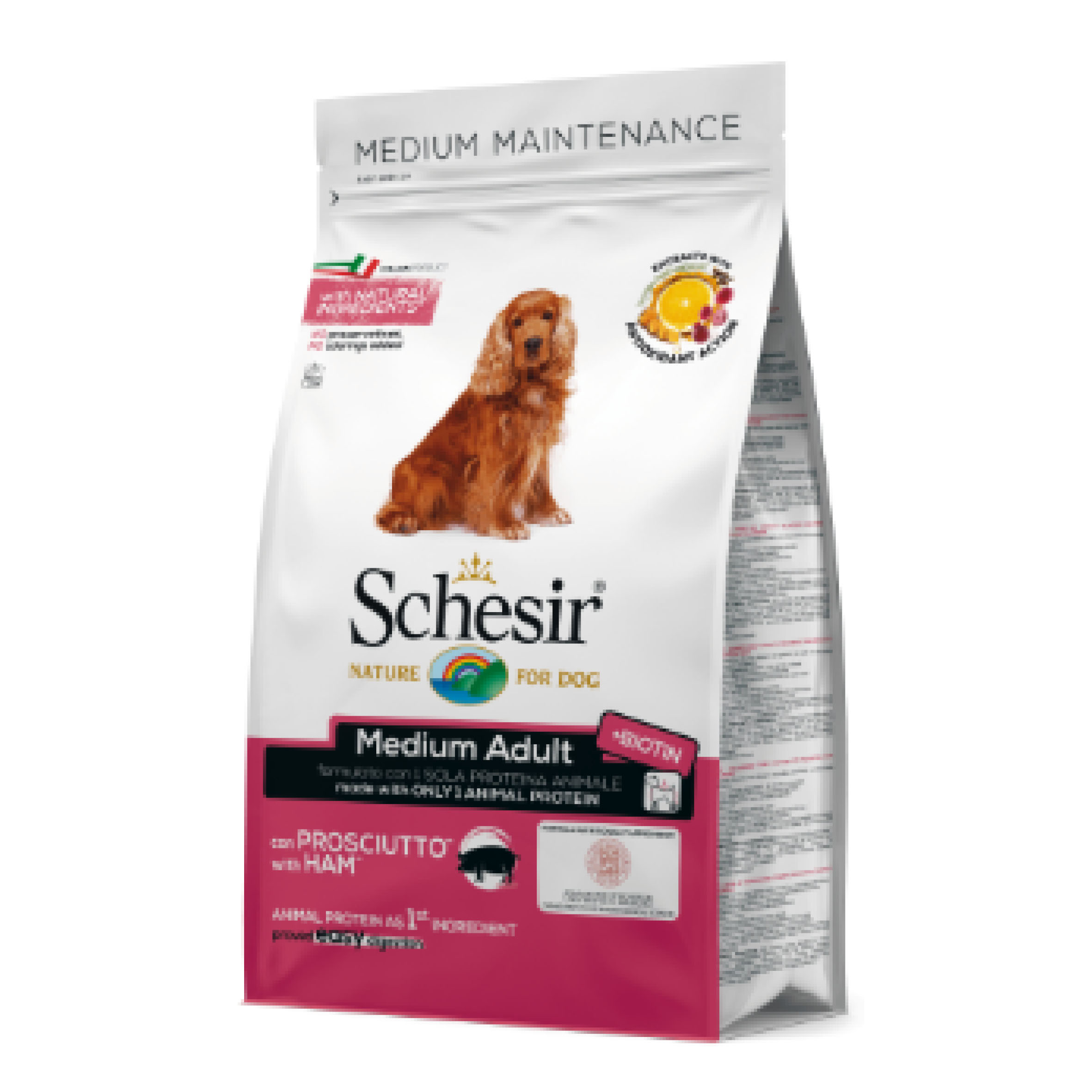
When a mosquito bites and takes a blood meal from an infected animal, it picks up these baby worms, which develop and mature into “infective stage” larvae over a period of 10 to 14 days. Adult female heartworms living in an infected dog, fox, coyote, or wolf produce microscopic baby worms called microfilaria that circulate in the bloodstream. The mosquito plays an essential role in the heartworm life cycle. How is heartworm disease transmitted from one pet to another? Moreover, the medication used to treat heartworm infections in dogs cannot be used in cats, so prevention is the only means of protecting cats from the effects of heartworm disease. While this means heartworm disease often goes undiagnosed in cats, it’s important to understand that even immature worms cause real damage in the form of a condition known as heartworm associated respiratory disease (HARD).

Cats with adult heartworms typically have just one to three worms, and many cats affected by heartworms have no adult worms. The cat is an atypical host for heartworms, and most worms in cats do not survive to the adult stage. Heartworm disease in cats is very different from heartworm disease in dogs. For this reason, prevention is by far the best option, and treatment-when needed-should be administered as early in the course of the disease as possible.Ĭats. Heartworm disease causes lasting damage to the heart, lungs and arteries, and can affect the dog’s health and quality of life long after the parasites are gone. If untreated, their numbers can increase, and dogs have been known to harbor several hundred worms in their bodies. The dog is a natural host for heartworms, which means that heartworms that live inside the dog mature into adults, mate and produce offspring. Because wild species such as foxes and coyotes live in proximity to many urban areas, they are considered important carriers of the disease. Heartworm disease affects dogs, cats and ferrets, but heartworms also live in other mammal species, including wolves, coyotes, foxes, sea lions and-in rare instances-humans. It is caused by foot-long worms (heartworms) that live in the heart, lungs and associated blood vessels of affected pets, causing severe lung disease, heart failure and damage to other organs in the body. Learn more about medications used to treat heart disease here.Heartworm disease is a serious and potentially fatal disease in pets in the United States and many other parts of the world. Some of the extra medications that might be used include torsemide, sildenafil, sacubitril/valsartan, or medications to control irregular heartbeats (arrhythmias).

These adjustments might include higher doses of the drugs that have been already prescribed, or they might include the addition of extra medications. These drugs might control difficulty breathing and other signs of heart failure for several months, but eventually the heart disease progresses and adjustments to the medications are required. Pimobendan increases the strength of contraction of the heart and has been shown to prolong survival of dogs with congestive heart failure. Medications that are commonly used to treat congestive heart failure include diuretics like furosemide and spironolactone, ACE inhibitors like enalapril, benazepril or lisinopril, and a drug called pimobendan. Sometimes treatment is started during a short stay in the hospital, and other times your veterinarian will feel comfortable starting treatment at home.

Usually once a pet has congestive heart failure, they require life-long medications. To learn more about supplements and diets that may be appropriate for a pet with heart disease or congestive heart failure, please visit our Nutrition tab. A variety of medications, diets, and nutritional supplements are available to help reach these goals. These outcomes can help to improve the quality and length of your pet's life. The primary goals of treating congestive heart failure are to reduce the buildup of fluid and to increase the blood being pumped by the heart to the lungs and the rest of the body. The specific treatment for congestive heart failure depends on the underlying type of heart disease and its severity. Congestive heart failure (CHF) is a condition that occurs when a pet’s heart can no longer pump enough blood, causing fluid to back up into the lungs or the belly.


 0 kommentar(er)
0 kommentar(er)
